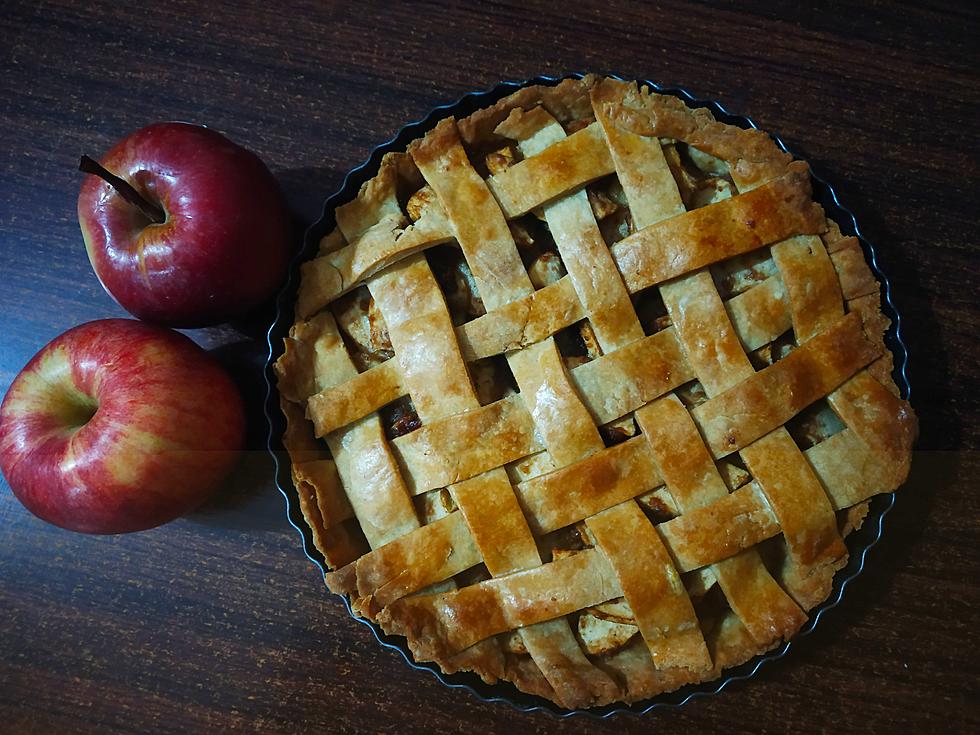
Heritage University-An Educational Oasis For Those With Limited Opportunity
We've written a number of stories over the years extolling the virtues, values, and accomplishments of Heritage University. From humble but hopeful beginnings in 1982, to national recognition in promotion from college to university status. "In 2004, Heritage College was designated Heritage University to reflect its substantial master’s degree programs and to more accurately reflect for students from Central and South America the baccalaureate level of education provided at Heritage"
Living Up To The Promise
The University's Mission Statement includes the phrase, "is to provide quality, accessible baccalaureate and master’s degrees to populations that, for reasons of location, poverty, or cultural background, have been denied these opportunities in the past."
And the Vision for Heritage is based on the idea that: "Each person is endowed with inalienable dignity and gifted with unique potential."
Very Narrow Company
So, to be a success, you decide who you want to be and then you go out and be that! Here's the latest proof of the University meeting the mission. Heritage University is now one of only two universities in the United States designated by the United States Department of Education as both a Hispanic Serving Institution (HSI) and a Native American Serving Non-Tribal Institution (NASNTI).
According to a news release from Heritage, an HSI s defined in federal law as an accredited, degree-granting, public or private nonprofit institution of higher education with 25% or more of its total full-time enrolled students who identify as Hispanic. A NASNTI is a postsecondary institution that is not affiliated with American Indian and Native Alaskan tribes and has an enrollment of 10% or more of its full-time students who identify as Native American.
The Proof Is In The Numbers
Those are the minority markers and the numbers prove the point. It's working. Eighty-five percent of Heritage students are the first in their families to attend college. Last fall the undergraduate student population consisted of 67% Hispanic/Latino and 10% American Indian or Alaska Native students.
Delano Saluskin, Yakama Nation Tribal Council ChairmanSays, “When the proposal to start a college on the Yakama Nation was brought to the Tribal Council in 1981, the council advised the founders that Heritage should be a college for all peoples of the valley...to be designated both a Native American serving and a Hispanic serving institution is a validation of that guidance."
In Pictures: What Education Looks Like Around the World During a Pandemic
More From News Talk KIT









